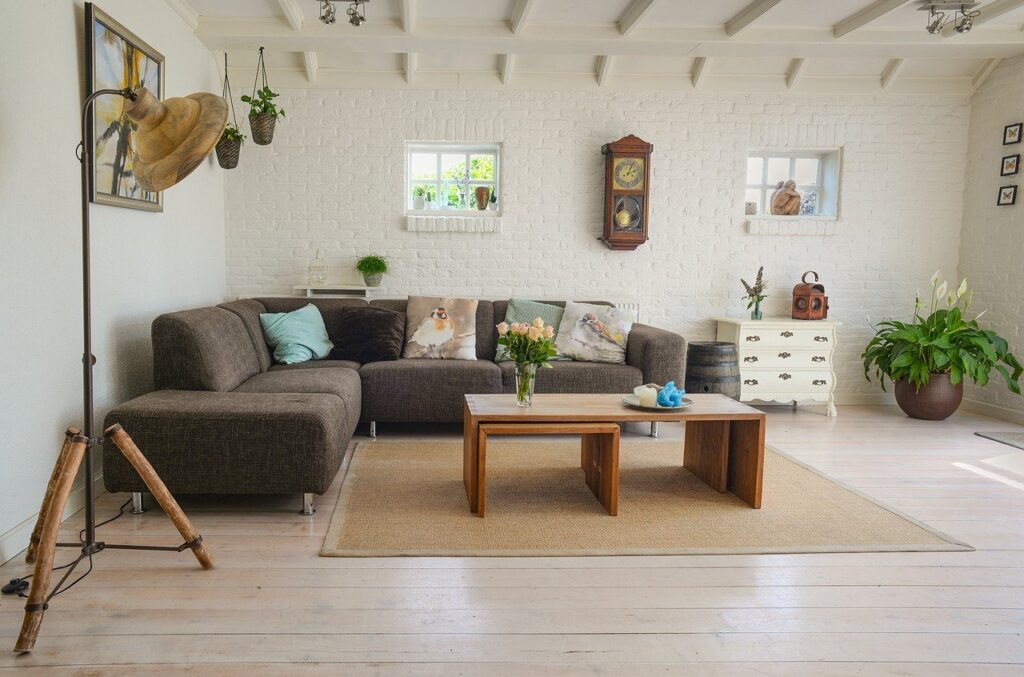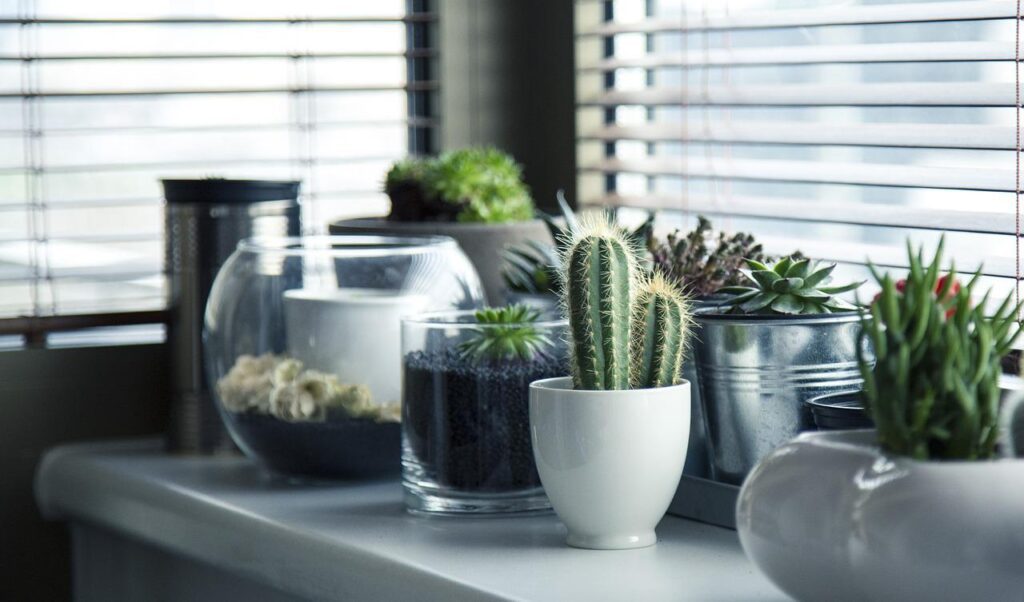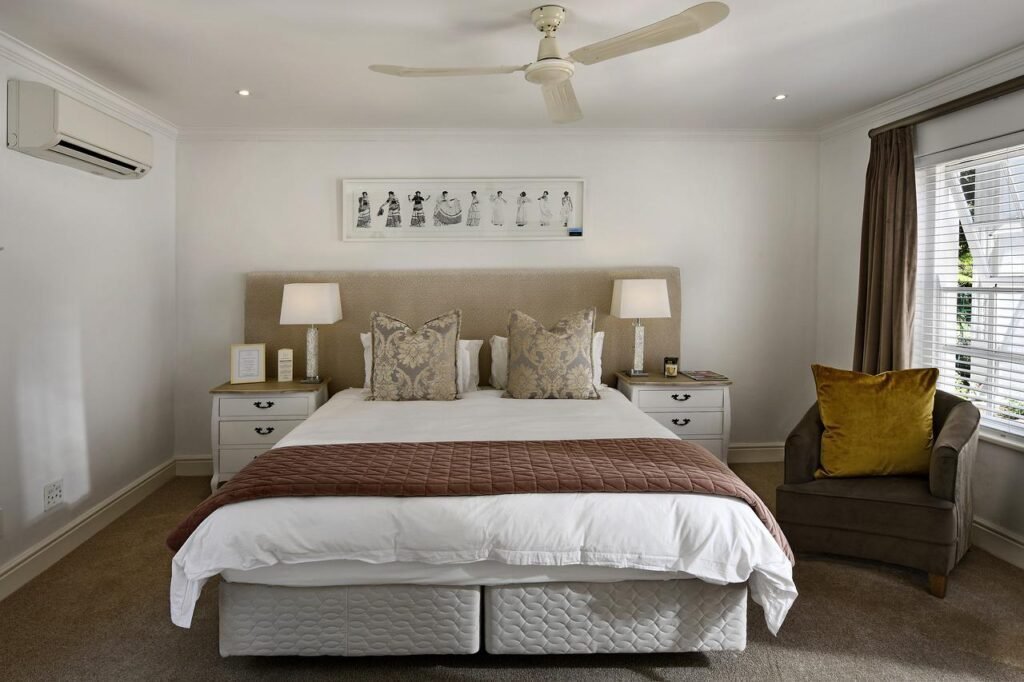Feng shui isn’t just a buzzword for interior designers and real estate agents: It’s an ancient Chinese philosophy that helps people find balance in the way they live their lives by harmonizing their living spaces with nature through spatial design. The key is qi (pronounced “chee”), or the energy that connects all living things. Through the implementation of specific design principles that promote auspiciousness, feng shui is said to allow your energy to flow uninhibited through your home, improving your overall quality of life.
Basic principles of feng shui
In order to allow qi to flow effortlessly through your home, feng shui has quite a number of principles to follow, from dictating the precise places to set your furniture (never put a bed under a window!) to stipulating what color to paint your front door (it depends on which cardinal direction it faces). While different feng shui schools offer many variations on these principles, here are several commonalities that form the basis of the philosophy.
Bagua
Bagua, which translates to “eight areas,” is an energy map placed over the floor plan of your home. It’s a three-by-three grid with eight boxes, each representing a different category of your life—loosely translated into wealth, fame, love, family, children, knowledge, career, and helpful people—with the center box representing you. If any of these areas in your life need improvement, you should apply the appropriate feng shui principles in the corresponding space of your home.
The five elements
Feng shui principles also focus on the five elements: earth, metal, water, wood, and fire. While each can be taken literally in terms of incorporation into the home (i.e., wood furniture for a fireplace), they also correspond to certain emotions, colors, shapes, and areas on the bagua map. Ultimately, you should use interior design to balance all five elements for the best qi flow, tweaking per your needs as they change throughout your life.
Yin and yang
The philosophy of yin and yang permeates many ancient Chinese fields of study, from the martial arts to medicine to feng shui. It’s a concept of duality, demonstrating that opposite forces are interconnected and work in tandem in order to create harmony: yin is a passive, soft energy, while yang is an aggressive, bold one. As it relates to interior design, you’ll want a balance of both types of energies, with yin energy in calm, relaxing spaces like your bedroom or bathroom and yang energy in your more social, productive spaces like your kitchen or home office.
How do I incorporate it into my home?
Feng shui is a complex tradition, with numerous components that require quite a bit of study to interpret fully. While you can certainly take baby steps into the world of feng shui on your own, many people find it helpful to consult feng shui experts to really revamp their space.
Source: https://www.housebeautiful.com/design-inspiration/a32984796/what-is-feng-shui/



